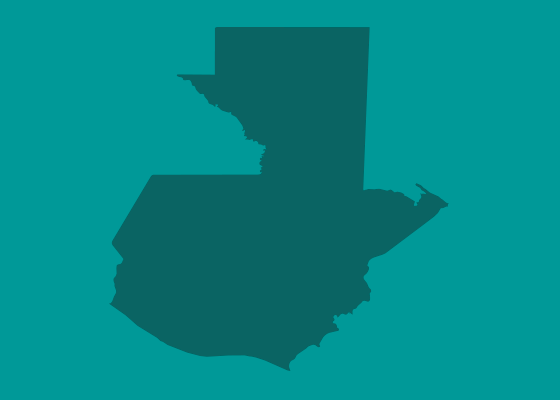
Indigenous Mayans and their Health Practices
Using western medicine to treat indigenous people presents challenges in overcoming cultural differences and communicating. When CCC works in Coban, Guatemala at the end of September, it needs some grounding in ways traditional Mayans confront illness and health and their views on the sources of illness and methods to treat it.
Mayans, prior to contact with the Spanish in the early 1500s,developed effective systems for diagnosing and treating illness. Mayan healers included shamans, midwives and bonesetters. Mayans utilized herbs such as garlic, chamomile, rue, basil, apasote, peppermint and others in the form of teas or salves. Some of these herbal remedies are still used today.
CCC will undoubtedly confront a lack of familiarity among some of its Mayan clients with gynecological exams, as well as having to deal with traditions of female modesty and ignorance of many forms of cancer. CCC will need to work closely with Guatemalan staff to communicate the value of the See and Treat exam, the danger of cervical cancer, and the need for women to return for further check-ups in the future. Hopefully, some Guatemalan staff will be speakers of Q’eqchi, the local Mayan language.
As one source said, “A common Mayan belief is that illness is caused by an imbalance between hot and cold elements in the body. Health is maintained by avoiding exposure to extreme temperatures and by consuming appropriate foods and beverages.” These beliefs, which make sense to western health personnel, are nonetheless a long way from understanding the human papilloma virus associated with cervical cancer. The challenge to present the threat of cervical cancer in culturally appropriate ways will be significant.

